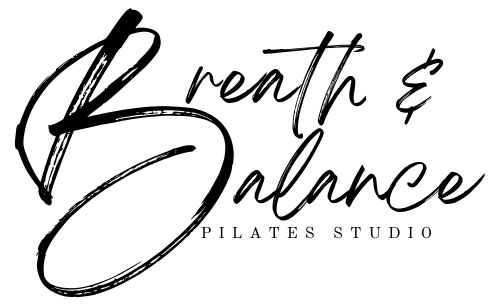I touched on this point briefly in the “Classical vs Contemporary” article, but many of you still have questions on this so I felt like it warranted an article all to itself!
First up, What even is The Order?
Good question! In Classical Pilates, the Matwork and the Reformer have a sequence of exercises that is followed. This means that if you are doing a mat class or a reformer class, you will always do the same exercises and they will always be done in the same order. The remainder of the apparatus do not have an “official” order; however, many teachers do still follow an order for Tower and Wunda chair classes.
Why does The Order exist?
For a couple of different reasons. The first reason is safety. The exercises are done in a sequence that ensures you are using your muscles in a safe manner. The muscle groups are warmed up, then strengthened, then stretched. As the session progresses, you will continue with that process, but the level of challenge will increase. This ensures that you are gradually building up to the advanced exercises versus jumping right into them at the beginning of class and potentially injuring yourself. Following the order in this way ensures that every session is a whole-body workout without risk of overusing and injuring any one muscle group.
The second reason is for measurable progress. If you are consistently doing the same exercises week after week you will be able to see your own progress. If you only do any given exercise once in a while you may not be able to see your progress as easily, which can be discouraging.
Third, The Order creates flow. Flow is one of the Pilates Principles and is found by moving seamlessly between exercises (called Transitions in the Classical work). While this can be found in a carefully created lesson plan, it is built right into the Classical Order. Joe did the work for us!
Another very important reason is this: you are creating new neural pathways. This is deserving of its own article, as this is a really interesting subject that I can go on and on about. But basically it means this: when you do the same thing over and over you are training your brain and your body at the same time. This is one of the things that makes Pilates different from all other modalities and the reason it is called a mind-body program. We want to keep our brains young and healthy just as much as our bodies! Consistency and repetition are key to creating neural pathways, so if you are not following The Order you will not be reaping these benefits to the same degree. This is why many instructors still follow an order in their Tower and Wunda classes, even if an “official” order was not created by Joseph Pilates.
Doesn’t it get boring?
Honestly, the answer to this question will depend on you personally. Some people do get bored easily and they want to attend a class where they never know what to expect. But in Classical pilates, the work itself keeps you interested and challenged. You are consistently finding a deeper connection to the exercise and continually challenging yourself to get more out of each movement. For example, I practice at a level 5, but I can go back to the Pre-pilates level and still find immense challenge for myself in those skills. One thing I will guarantee is that if you put the work into it, you will never know everything. Even if you practice for 50 years! The more you learn about the human body, the more you realize you don’t know.
But then how do I advance?
Pilates is broken into 5 levels, with another level being the Pre-pilates work. Pre-pilates is the movement skills that form the foundation for the actual leveled exercises. When you first begin your pilates practice, you will start with Pre-pilates work as well as some basic level 1 exercises. As you progress, the other levels are weaved in where they belong in The Order and only when your teacher deems you ready for them. The Pre-pilates exercises are eventually removed but you will most likely return to them occasionally on an as-needed basis. Level 1 exercises are never removed – they are simply added to. Eventually, when you are able to do the full Level 5 Repertoire, you will be doing all 5 Levels at once, moving seamlessly through all of the exercises. You will find that at the beginning of class the majority of the exercises are Level 1 or 2, as this goes back to the point of increasing the challenge progressively through each class.
Summary
The Order isn’t just tradition or choreography. It serves multiple purposes that enhance your practice and ensures your safety. The longer you do Pilates, the more you come to appreciate and value how simplicity and complexity are intertwined in this work.
